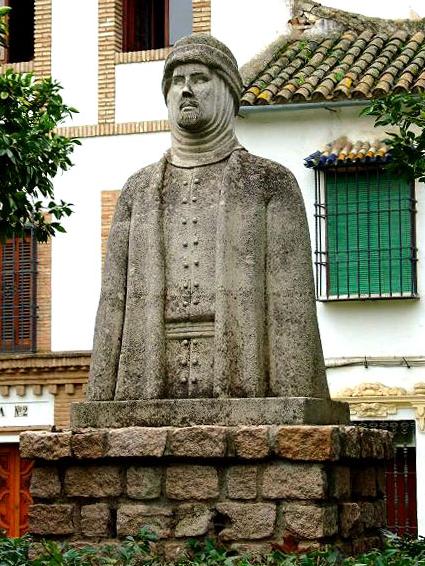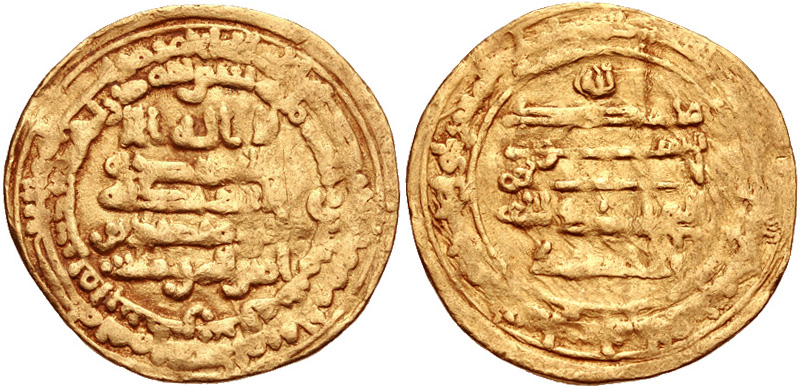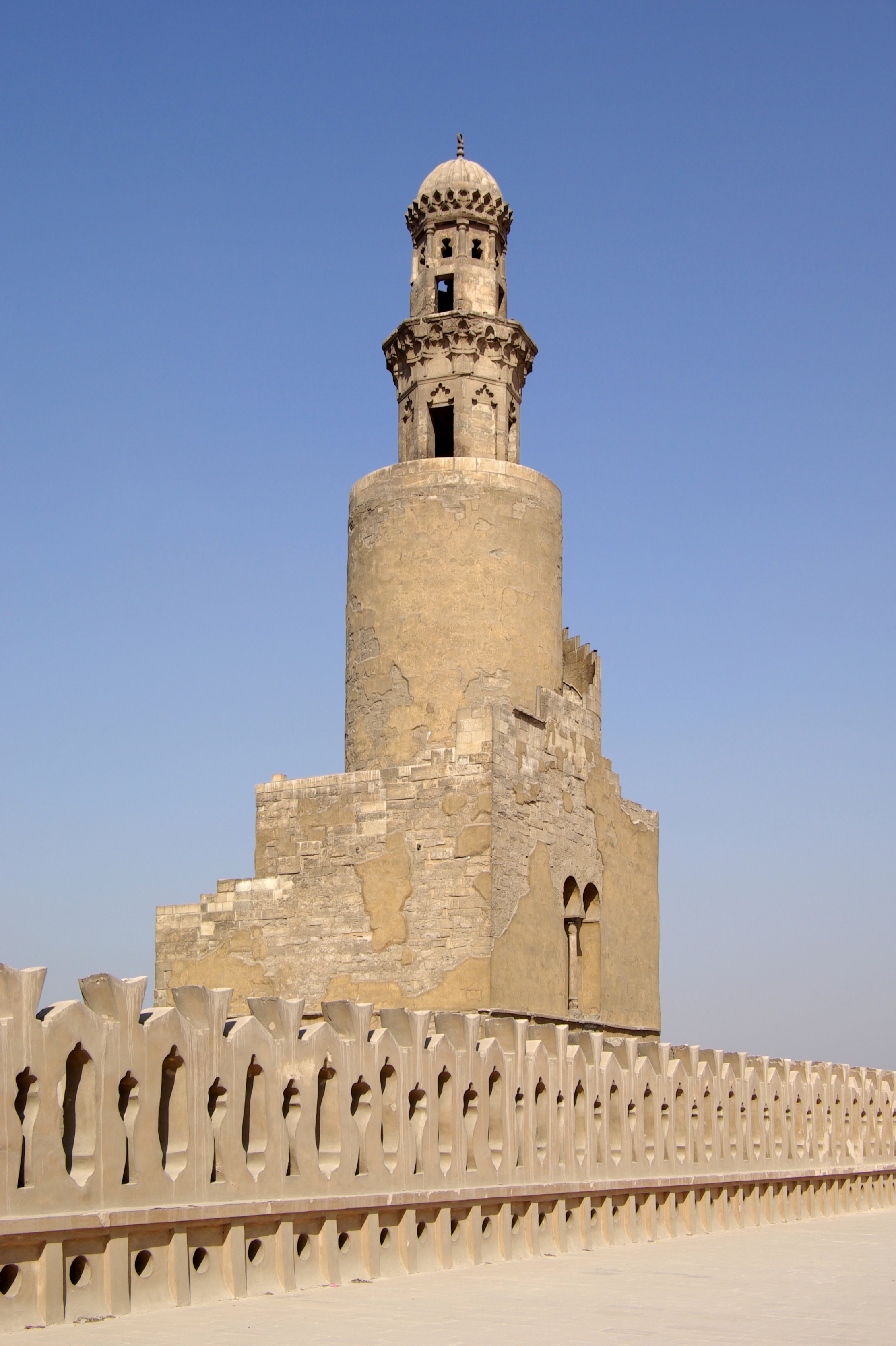|
Abu'l-Qasim Unujur Ibn Al-Ikhshid
Abu'l-Qasim Unujur ibn al-Ikhshid () was the second ruler of the Ikhshidid dynasty, which ruled Egypt, Syria and the Hejaz under the suzerainty of the Abbasid Caliphate but ''de facto'' autonomous. Unujur ruled from 946 to 960, but much of the actual power was held by the black eunuch Abu'l-Misk Kafur. Unujur died in 960 CE, and was buried in Jerusalem next to his father, at a location close to the Gate of the Tribes on the Temple Mount The Temple Mount (), also known as the Noble Sanctuary (Arabic: الحرم الشريف, 'Haram al-Sharif'), and sometimes as Jerusalem's holy esplanade, is a hill in the Old City of Jerusalem, Old City of Jerusalem that has been venerated as a .... References Sources * 961 deaths Year of birth unknown Ikhshidid emirs {{MEast-royal-stub ... [...More Info...] [...Related Items...] OR: [Wikipedia] [Google] [Baidu] |
Emir
Emir (; ' (), also Romanization of Arabic, transliterated as amir, is a word of Arabic language, Arabic origin that can refer to a male monarch, aristocratic, aristocrat, holder of high-ranking military or political office, or other person possessing actual or ceremonial authority. The title has a history of use in West Asia, East Africa, West Africa, Central Asia, and South Asia. In the modern era, when used as a formal monarchical title, it is roughly synonymous with "prince", applicable both to a son of a hereditary monarch, and to a reigning monarch of a sovereign principality, namely an emirate. The female, feminine form is emira ( '), with the same meaning as "princess". Prior to its use as a monarchical title, the term "emir" was historically used to denote a "commander", "general", or "leader" (for example, Amir al-Mu'min). In contemporary usage, "emir" is also sometimes used as either an honorary or formal title for the head of an Islamic, or Arab (regardless of relig ... [...More Info...] [...Related Items...] OR: [Wikipedia] [Google] [Baidu] |
Hejaz
Hejaz is a Historical region, historical region of the Arabian Peninsula that includes the majority of the western region of Saudi Arabia, covering the cities of Mecca, Medina, Jeddah, Tabuk, Saudi Arabia, Tabuk, Yanbu, Taif and Al Bahah, Al-Bahah. It is thus known as the "Western Province",Mackey, p. 101. "The Western Province, or the Hejaz[...]" and it is bordered in the west by the Red Sea, in the north by Jordan, in the east by the Najd, and in the south by Greater Yemen, Yemen. Its largest city is Jeddah, which is the second-largest city in Saudi Arabia, with Mecca and Medina, respectively, being the third- and fourth-largest cities in the country. As the location of the Holy city, holy cities of Mecca and Medina, respectively the first and second holiest sites in Islam, the Hejaz is significant in the Arabo-Islamic historical and political landscape. This region is the most populated in Saudi Arabia, and Arabic is the predominant language, as in the rest of Saudi Arabia, ... [...More Info...] [...Related Items...] OR: [Wikipedia] [Google] [Baidu] |
961 Deaths
Year 961 ( CMLXI) was a common year starting on Tuesday of the Julian calendar. Events By place Byzantine Empire * March 6 – Siege of Chandax: Byzantine forces under Nikephoros II Phokas capture and pillage Chandax after an 8-month siege. Nikephoros massacres the population without mercy and carries them off into slavery, returning to Constantinople with Emir Abd al-Aziz ibn Shu'ayb and his family as prisoners. The island Emirate of Crete is converted into a Byzantine theme and the remaining Muslims are converted to Christianity. Europe * May 26 – Otto I, Holy Roman Emperor elects his 6-year-old son Otto II as heir apparent and co-ruler at the Imperial Diet in Worms. He is crowned at Aachen, and placed under the tutelage of his grandmother Matilda and his half-brother William of Mainz. Otto's own brother Bruno I is charged with the provisional government of Lorraine again. * Summer – Otto I leads an expeditionary force into northern Italy ... [...More Info...] [...Related Items...] OR: [Wikipedia] [Google] [Baidu] |
List Of Governors Of Islamic Egypt
Governors of Egypt in the Middle Ages, Arab Egypt (640–1250) and Mamluk Egypt (1250–1517). For other periods, see the Lists of rulers of Egypt, list of rulers of Egypt. Rashidun Caliphate (640–661) Umayyad Caliphate (661–750) Dates taken from John Stewart's ''African States and Rulers'' (2005). Abbasid Caliphate (750–969) Governors during the first Abbasid period (750–868) Dates taken from John Stewart's ''African States and Rulers'' (2005). Autonomous emirs of the Tulunid dynasty (868–905) Dates taken from John Stewart's ''African States and Rulers'' (2005). Governors during the second Abbasid period (905–935) Dates taken from John Stewart's ''African States and Rulers'' (2005). Autonomous emirs of the Ikhshidid dynasty (935–969) Dates taken from John Stewart's ''African States and Rulers'' (2005). Fatimid Dynasty (969–1171) Dates for Caliphs taken from John Stewart's ''African States and Rulers'' (2005). Ayyubid Sultanate (1171–1252) ... [...More Info...] [...Related Items...] OR: [Wikipedia] [Google] [Baidu] |
Ikhshidid
The Ikhshidid dynasty (, ) was a Turkic dynasty of governors of mamluk origin, who governed Egypt and parts of the Levant from 935 to 969 on behalf of the Abbasid Caliphate. The dynasty carried the Arabic title "Wāli" reflecting their position as governors on behalf of the Abbasids. The Ikhshidids came to an end when the Fatimid army conquered Fustat in 969. Muhammad ibn Tughj al-Ikhshid, a Turkic mamluk soldier, was appointed governor by the Abbasid Caliph al-Radi. The Ikhshidid family tomb was in Jerusalem. Max Van Berchem, MIFAO 44 - Matériaux pour un Corpus Inscriptionum Arabicarum Part 2 Syrie du Sud T.2 Jérusalem Haram (1927), p13-14 (no.146): “L’émir Muhammad mourut à Damas en 334 (946) et son corps fut transporté et inhumé à Jérusalem. L’émir Unūdjūr mourut en 349 (960) et son corps fut porté à Jérusalem et inhumé à côté de celui de son père. L’émir ‘Ali mourut en 355 (966) et son corps fut transporté à Jérusalem et inhumé à côté d ... [...More Info...] [...Related Items...] OR: [Wikipedia] [Google] [Baidu] |
Temple Mount
The Temple Mount (), also known as the Noble Sanctuary (Arabic: الحرم الشريف, 'Haram al-Sharif'), and sometimes as Jerusalem's holy esplanade, is a hill in the Old City of Jerusalem, Old City of Jerusalem that has been venerated as a Sacred space, holy site for thousands of years, including in Judaism, Christianity and Islam. The present site is a flat plaza surrounded by retaining walls (including the Western Wall), which were originally built by Herod the Great, King Herod in the first century BCE for an expansion of the Second Temple, Second Jewish Temple. The plaza is dominated by two monumental structures originally built during the Rashidun and early Umayyad Caliphate, Umayyad caliphates after Siege of Jerusalem (636–637), the city's capture in 637 CE:Nicolle, David (1994). ''Yarmuk AD 636: The Muslim Conquest of Syria''. Osprey Publishing. the main Qibli Mosque, praying hall of al-Aqsa Mosque and the Dome of the Rock, near the center of the hill, which was com ... [...More Info...] [...Related Items...] OR: [Wikipedia] [Google] [Baidu] |
Abu'l-Misk Kafur
Abu al-Misk Kafur () (905–968), also called al-Laithi, al-Suri, al-Labi was a dominant personality of Ikhshidid Egypt and Syria."Kāfūr, Abu'l Misk al-Ikhsidi." ''E.J. Brill's first encyclopaedia of Islam 1913-1936''. Edited by: M. Th. Houtsma, E. van Donzel. Brill, 1993. p. 623 Originally a black slave, probably from Nubia, he was made vizier of Egypt, becoming its ''de facto'' ruler from 946 after the death of his master, Muhammad bin Tughj. Thereafter, he ruled the Ikshidid domains—Egypt and southern Syria (including Damascus)—until his death in 968.Abū al-Misk Kāfūr." Encyclopædia Britannica. 2008. Encyclopædia Britannica Online. Jul. 2008 Biography Abu al-Misk Kafur, whose name means "musky camphor", is described by the sources variously as coming from Abyssinia (Ethiopia), the Bilad al-Sudan (Land of the Blacks) or Nubia, the latter being the most probable. Muhammad ibn Tughj, the founder of the Ikhshidid dynasty of Egypt, purchased him as a slave in 92 ... [...More Info...] [...Related Items...] OR: [Wikipedia] [Google] [Baidu] |
Abbasid Caliphate
The Abbasid Caliphate or Abbasid Empire (; ) was the third caliphate to succeed the Islamic prophet Muhammad. It was founded by a dynasty descended from Muhammad's uncle, Abbas ibn Abd al-Muttalib (566–653 CE), from whom the dynasty takes its name. After overthrowing the Umayyad Caliphate in the Abbasid Revolution of 750 CE (132 AH), they ruled as caliphs based in modern-day Iraq, with Baghdad being their capital for most of their history. The Abbasid Revolution had its origins and first successes in the easterly region of Khurasan, far from the Levantine center of Umayyad influence. The Abbasid Caliphate first centered its government in Kufa, modern-day Iraq, but in 762 the caliph al-Mansur founded the city of Baghdad as the new capital. Baghdad became the center of science, culture, arts, and invention in what became known as the Golden Age of Islam. By housing several key academic institutions, including the House of Wisdom, as well as a multiethnic and multi- ... [...More Info...] [...Related Items...] OR: [Wikipedia] [Google] [Baidu] |
Bilad Al-Sham
Bilad al-Sham (), often referred to as Islamic Syria or simply Syria in English-language sources, was a province of the Rashidun, Umayyad, Abbasid, and Fatimid caliphates. It roughly corresponded with the Byzantine Diocese of the East, conquered by the Muslims in 634–647. Under the Umayyads (661–750), Bilad al-Sham was the metropolitan province of the Caliphate and different localities throughout the province served as the seats of the Umayyad caliphs and princes. Bilad al-Sham was first organized into the four '' ajnad'' (military districts; singular ''jund'') of Dimashq (Damascus), Hims (Homs), al-Urdunn (Jordan), and Filastin (Palestine), between 637 and 640 by Caliph Umar following the Muslim conquest. The ''jund'' of Qinnasrin was created out of the northern part of Hims by caliphs Mu'awiya I () or Yazid I (). The Jazira (Upper Mesopotamia) was made an independent province from the Mesopotamian part of Qinnasrin by Caliph Abd al-Malik in 692. In 786, the ''j ... [...More Info...] [...Related Items...] OR: [Wikipedia] [Google] [Baidu] |
Gold Dinar
The gold dinar () is an Islamic medieval gold coin first issued in AH 77 (696–697 CE) by Caliph Abd al-Malik ibn Marwan. The weight of the dinar is 1 mithqal (). The word ''dinar'' comes from the Latin word denarius, which was a silver coin. The name "dinar" is also used for Sasanid, Kushan, and Kidarite gold coins, though it is not known what the contemporary name was. The first dinars were issued by the Umayyad Caliphate. Under the dynasties that followed the use of the dinar spread from Islamic Spain to Central Asia. Background Although there was a dictum that the Byzantine solidus was not to be used outside of the Byzantine empire, some of these coins became involved in distant trade; those then did not get re-minted by the imperial mints, and quickly became worn. Towards the end of the 7th century CE, Arabic copies of solidi – dinars issued by the caliph Abd al-Malik (685–705 CE), who had access to supplies of gold from the upper Nile – ... [...More Info...] [...Related Items...] OR: [Wikipedia] [Google] [Baidu] |
Medieval Egypt
Following the Muslim conquest of Egypt, Islamic conquest in 641-642, Lower Egypt was ruled at first by governors acting in the name of the Rashidun Caliphs and then the Umayyad Caliphs in Damascus, but in 750 the Umayyads Abbasid Revolution, were overthrown. Throughout Islamic rule, Al-Askar, Askar was named the capital and housed the ruling administration. The conquest led to two separate provinces all under one ruler: Upper Egypt, Upper and Lower Egypt. These two very distinct regions were governed by the military and followed the demands handed down by the governor of Egypt and imposed by the heads of their communities. Egypt was ruled by many dynasties from the start of Islamic control in 639 until the early 16th century. The Umayyad period lasted from 658 to 750. The Abbasid period which came after was much more focused on taxes and centralizing power. In 868, the Tulunids, ruled by Ahmad ibn Tulun, expanded Egypt's territory into the Levant. He would rule until his death in ... [...More Info...] [...Related Items...] OR: [Wikipedia] [Google] [Baidu] |
Islam
Islam is an Abrahamic religions, Abrahamic monotheistic religion based on the Quran, and the teachings of Muhammad. Adherents of Islam are called Muslims, who are estimated to number Islam by country, 2 billion worldwide and are the world's Major religious groups, second-largest religious population after Christians. Muslims believe that Islam is the complete and universal version of a Fitra, primordial faith that was revealed many times through earlier Prophets and messengers in Islam, prophets and messengers, including Adam in Islam, Adam, Noah in Islam, Noah, Abraham in Islam, Abraham, Moses in Islam, Moses, and Jesus in Islam, Jesus. Muslims consider the Quran to be the verbatim word of God in Islam, God and the unaltered, final revelation. Alongside the Quran, Muslims also believe in previous Islamic holy books, revelations, such as the Torah in Islam, Tawrat (the Torah), the Zabur (Psalms), and the Gospel in Islam, Injil (Gospel). They believe that Muhammad in Islam ... [...More Info...] [...Related Items...] OR: [Wikipedia] [Google] [Baidu] |









